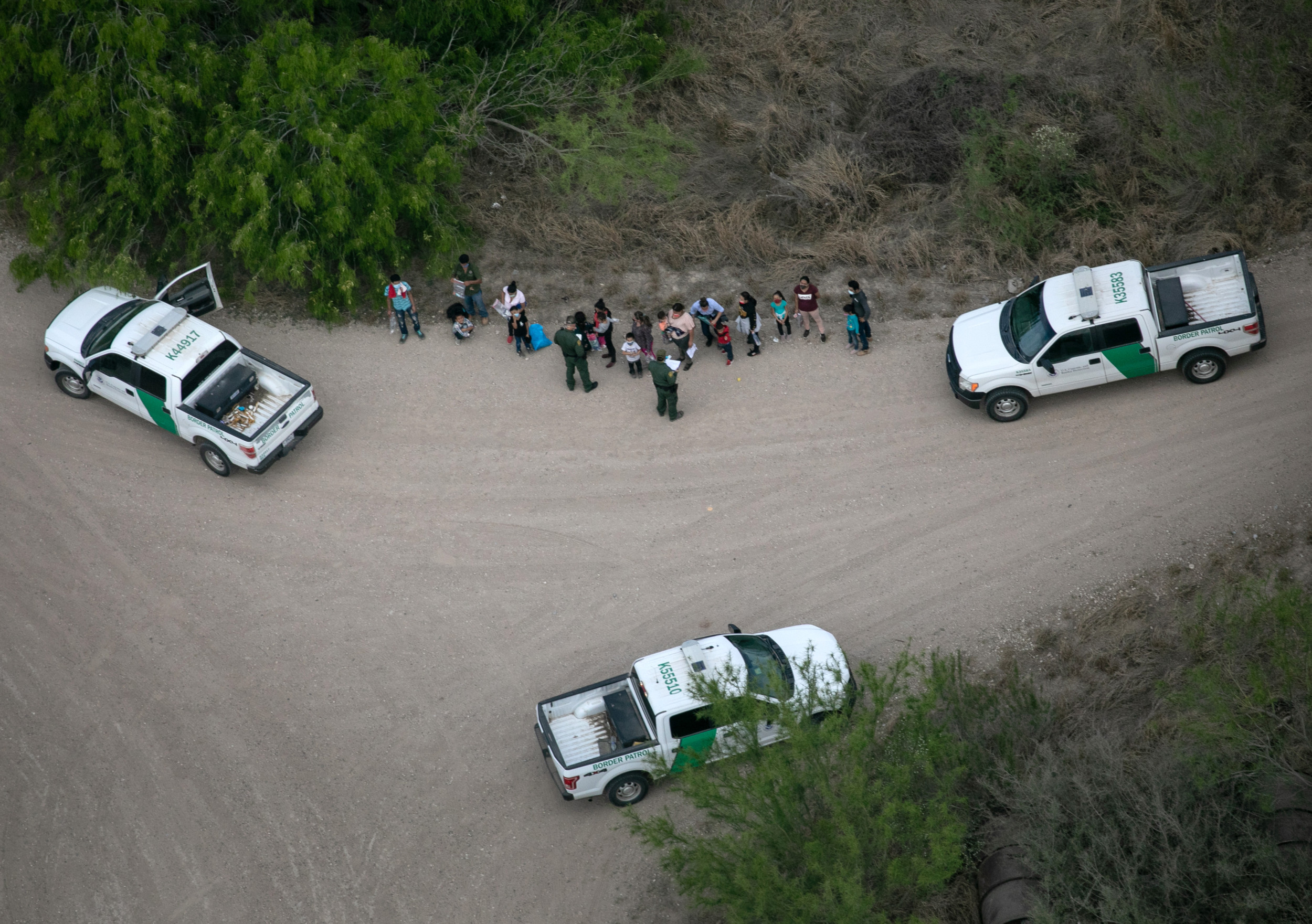
EVEN IN THE space of a 15-minute sit down with a few journalists in a nondescript room alongside the IRFU’s training centre in Dublin, the energy emanating from Aled Walters is obvious. The Welshman recently joined Ireland as their new head of athletic performance, bringing with him a reputation as one of the leading practitioners in his field. He’s obviously good at the strength and conditioning side of things, seemingly motivating players to hit new physical heights, while all reports on Walters suggest his ability to help create good vibes in a squad is also among his qualities.
Walters had been working with England since 2023 and was said to be a big influence within Steve Borthwick’s set-up, but the IRFU lured Walters back to Ireland in what was seen as a coup for the union. Six years ago, Walters left Munster to join the Springboks and helped them to their 2019 World Cup glory. Rassie Erasmus had worked with Walters in the Irish province and felt he was the perfect man to snap the Springboks into shape.

Walters moved on to Leicester in 2020, teaming up with Borthwick for the first time before following him into the England staff and making a major impression. News of Walters’ exit was greeted with disappointment by the English players. But the way Walters tells it, he always hoped to get back to Ireland.
His wife, Roisin, hails from County Clare so there were a few reasons for the move. “It wasn’t actually a big decision to make,” says Walters, who has also worked with Taranaki in New Zealand and the Brumbies in Australia. “This has been a dream job since my time at Munster.
It was very, very easy to settle into Irish rugby. It’s welcoming, great people, and Jason Cowman [his predecessor] had been here a long time and done such good work. “It’s like someone has built an incredible car and I’ve been given the keys now, my job is not to crash the car.
“I’d wanted the Irish job, not to say that I didn’t want other jobs but this was always the special one.” When the chance to join Ireland came up, Walters’ wife was all ears. “That was the main conversation,” he says.
“Her being Irish, it’s only fair that she and the family can finally support Ireland and not South Africa, England, or Leicester. That’s a definite bonus.” Walters jokes that the quality of the Guinness on the west coast of Ireland was another attraction, but he’s also excited by the physical attributes of the playing squad he’s working with now.
The Springboks are seen as the most physically dominant squad in world rugby, while England have plenty of powerful, large specimens too, but Walters believes that Ireland compare well. “They are up there,” says Walters. “When I was with a team coaching against Ireland or the Irish provinces, the envy was always the speed of movement.
These players from 1 to 15 can move. Seeing them now first-hand, it’s an incredibly special quality the Irish players have. “Traditionally, we’d talk about the aerial game and the Gaelic football and hurling background helping guys being able to contest, but it goes way further than that now.
“They’re incredibly strong, incredibly powerful and fast and fit. So I wouldn’t see any reason to go into any game and fear the opposition for their physical quality. That’s massive credit to the work being done in the provinces.
“I’ve been here 11 days and I’m coming in to work with players of this quality and a capability you don’t see in many places. It’s pretty special.” These really are early days for Walters and he stresses that he needs to learn about these Ireland players quickly.
Ahead of his first game against New Zealand last week, Walters told Andy Farrell that he had realised he didn’t know what a good week looked like for this Ireland group. He’s picking it all up on the go. The Irish group includes a few veteran players like 37-year-old Cian Healy and the 35-year-old pair of Conor Murray and Peter O’Mahony, but Walters says there’s no issue for him having to adjust things for older athletes.
“I’ve worked with some players recently, the South Africa team had a fair few ageing players when you look at the likes of Duane Vermeulen, Frans Steyn, a fair few there. Leicester even, you had Richard Wigglesworth playing at 38, Chris Ashton playing at 34 or whatever,” he says. “It’s just making sure that we manage them appropriately.
If they are the best players in their position, it’s up to me to find the best, most appropriate way to allow them to perform as long as needed. If age becomes a factor, it can only be a factor if it’s down to their performance. I don’t think you can ever put a label on someone and go, ’35, move on.
“What is important is we’re looking at who’s coming through next. It’s interesting looking at some of the players coming through now. “You’re looking at the Gus McCarthys, Jack Boyles, Thomas Clarksons, I had no idea these players existed a few weeks ago and now I’m looking at them going, ‘Wow, how do we accelerate their development in case they’re required earlier than what we think.
’”.













